Mendoza is home to a diverse array of birds, ranging from the majestic Andean Condor to smaller songbirds like the Rufous-collared Sparrow.
The variety of habitats in the province, from the Andean highlands to the lowland plains, makes it a great place to observe birds in their natural environment.
With its proximity to the Andes Mountains, Mendoza is also a great spot for birding enthusiasts looking to catch a glimpse of rare mountain species.
From the foothills of the Andes to the lush river valleys, Mendoza is an ideal place to observe some of the most beautiful and fascinating birds in the world.
1. Grey-hooded Sierra Finch
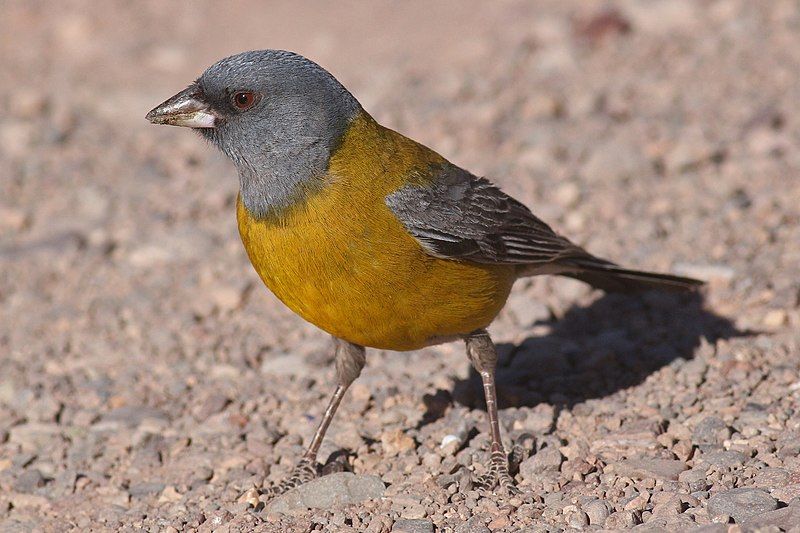
The grey-hooded sierra finch is a species of bird that belongs to the family Thraupidae, a family of passerine birds. It is native to Argentina and Chile, where it inhabits subtropical or tropical dry shrubland and subtropical or tropical high-altitude shrubland.
These two environments provide the grey-hooded sierra finch with food, water, shelter, and a place to reproduce. The grey-hooded sierra finch has a grey head and a white throat, with a black bill and a black tail. It is a small bird, between 10 to 12 centimeters in length.
Its diet consists mainly of insects, seeds, and berries, which it forages for in its natural habitats. The grey-hooded sierra finch is a social bird, living in small flocks and often gathering in large numbers in areas with plentiful food sources.
They are also quite vocal, communicating with each other through a variety of chirps and calls. Although the grey-hooded sierra finch is not considered threatened or endangered, its population is declining due to habitat loss and fragmentation.
To help protect the species, it is important to preserve its natural habitats and limit human activities that could harm its population.
| Kingdom | Animalia |
| Phylum | Chordata |
| Class | Aves |
| Order | Passeriformes |
| Family | Thraupidae |
| Genus | Phrygilus |
| Species | P. gayi |
2. Mourning Sierra Finch
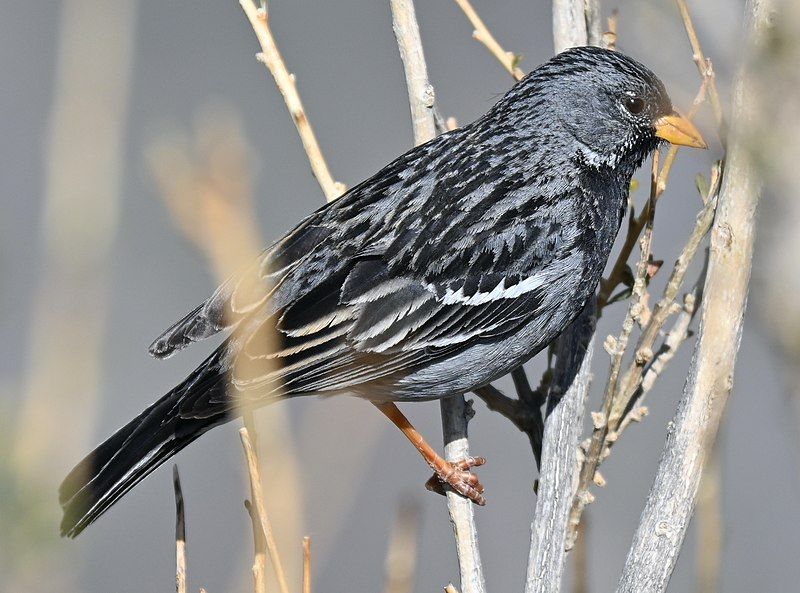
The Mourning Sierra Finch is a species of bird native to South America. It is a member of the tanager family known as Thraupidae and is the only member of the genus Rhopospina.
It is usually found in Argentina, Bolivia, Chile and Peru, though it has been known to be a vagrant to the Falkland Islands and Brazil. The Mourning Sierra Finch is a small bird with a black and white striped head, black upperparts, and a white belly and throat.
Its wings and tail are black and it has a white eye-ring and dark eyes. Its bill is grayish-brown and it has a short tail. It is often seen in open woodlands, grasslands, and shrublands.
The Mourning Sierra Finch feeds on insects, seeds, and fruit, and is usually seen foraging alone or in pairs. It makes its nest from twigs and grasses and lays 3 to 4 eggs. The female incubates the eggs for 12-14 days and both parents care for the young.
Overall, the Mourning Sierra Finch is an interesting species with a wide range and unique behaviors. Its distinctive black and white plumage make it easy to identify in its native range.
It is an important part of the local ecosystems, providing food and shelter for other animals.
| Kingdom | Animalia |
| Phylum | Chordata |
| Class | Aves |
| Order | Passeriformes |
| Family | Thraupidae |
| Genus | Rhopospina |
| Species | R. fruticeti |
3. Chaco Eagle
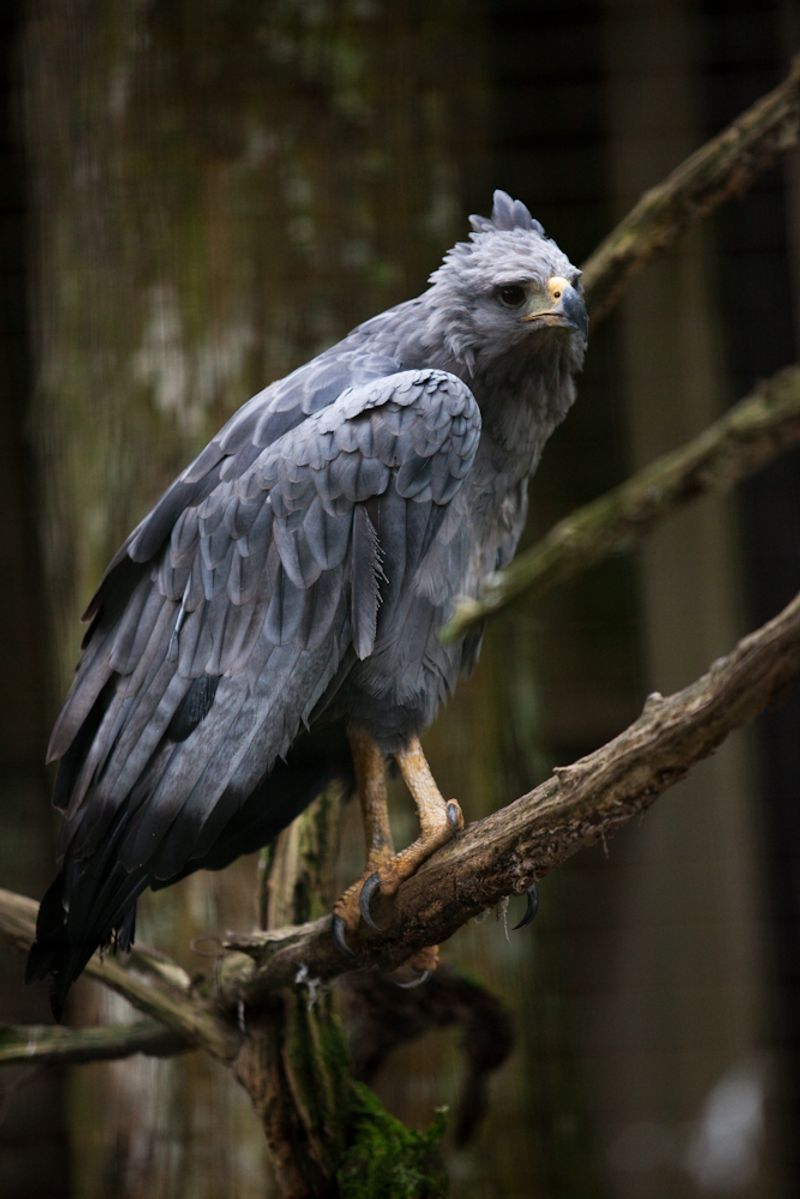
The Chaco eagle, also known as the crowned solitary eagle, is an endangered bird of prey native to eastern and central South America.
It is important to note that this species should not be confused with the African Stephanoaetus coronatus, which is also referred to as the crowned eagle. Unfortunately, due to its rarity, our knowledge about the biology and population of the Chaco eagle is limited.
It is not known how many individuals remain in the wild, or what their preferred habitat is. We also do not have a great understanding of their diet or behavior, as not many have been studied in detail.
One thing that is known is that the Chaco eagle is listed as an endangered species and is at risk of extinction. Conservation efforts are needed in order to protect the species and encourage its population to increase.
| Kingdom | Animalia |
| Phylum | Chordata |
| Class | Aves |
| Order | Accipitriformes |
| Family | Accipitridae |
| Genus | Buteogallus |
| Species | B. coronatus |
4. Grey-hooded Parakeet
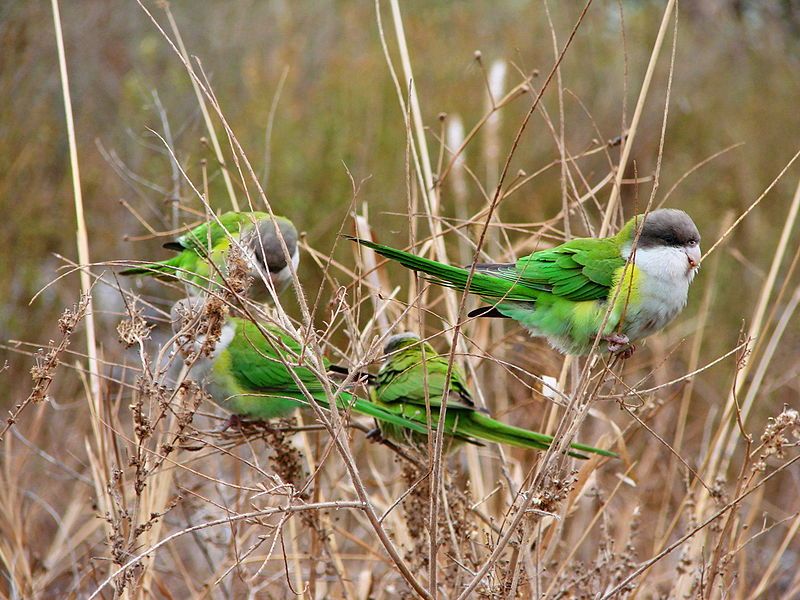
The Grey-hooded Parakeet is a species of parrot that is found in the Psittacidae family. It is most commonly seen in northwestern Argentina and Bolivia, where it lives in the subtropical and tropical high-altitude shrubland.
This parakeet has a distinct grey hood that covers its head and neck, giving it its unique name. The Grey-hooded Parakeet is a small bird with an average body length of between 11-13 cm.
It has a predominantly light grey coloration, with pale yellow feathers on its chest and back, and a bright pink beak and feet.
Its distinctive grey hood is what sets it apart from other parrots, and gives it its unique name. The Grey-hooded Parakeet lives in subtropical and tropical high-altitude shrublands, typically found in northwestern Argentina and Bolivia.
These areas are generally characterized by shrubs and dense vegetation, which provide plenty of food and shelter for the parakeet. The Grey-hooded Parakeet is an omnivorous species, meaning that it eats both plants and insects.
It is known to feed on a variety of seeds, nuts, fruits, berries, and insects. It also enjoys taking baths in shallow puddles and streams. The Grey-hooded Parakeet is a social bird that usually forms flocks when foraging and migrating.
It is also known to form mixed flocks with other species of parrots, such as the Spectacled Parakeet and the Red-rumped Parakeet. The Grey-hooded Parakeet is considered to be a vulnerable species due to habitat loss and fragmentation.
It is illegal to capture or trade this species, and its wild population is declining. Conservation efforts are necessary in order to ensure the survival of this species in the wild.
| Kingdom | Animalia |
| Phylum | Chordata |
| Class | Aves |
| Order | Psittaciformes |
| Family | Psittacidae |
| Genus | Psilopsiagon |
| Species | P. aymara |
5. Black-billed Shrike-tyrant
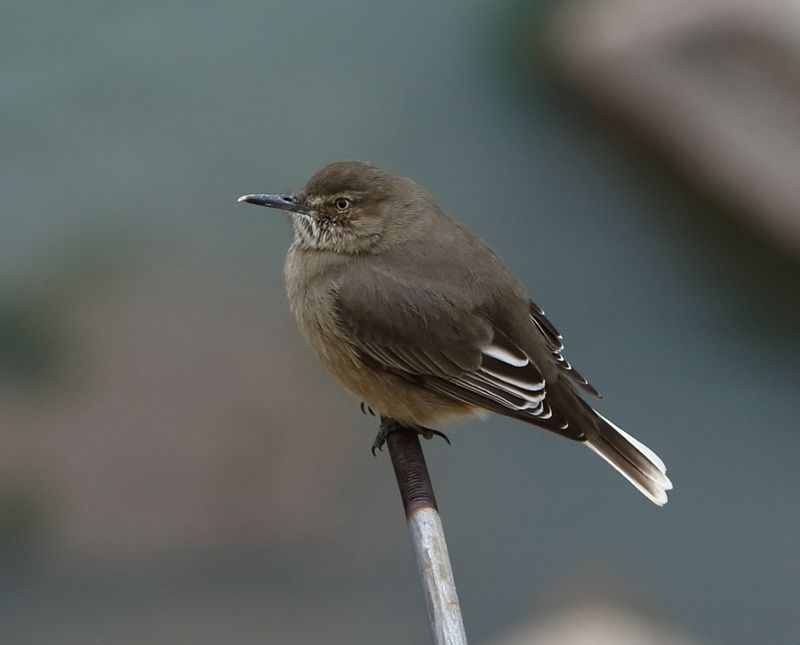
The black-billed shrike-tyrant is a species of bird from the Tyrannidae family. It is a large flycatcher, measuring 23 to 25 centimeters in length. This bird is native to many South American countries, including Argentina, Bolivia, Chile, Colombia, Ecuador, and Peru.
It is also a vagrant to the Falkland Islands. It prefers to live in open and semi-open habitats like grasslands, shrublands, and agricultural fields. It usually feeds on small insects, such as grasshoppers, but also on larger prey like small rodents and lizards.
The black-billed shrike-tyrant is an important contributor to its ecosystem, as its diet helps to keep small insect populations in check. Furthermore, its song is a unique and important part of the bird’s natural habitat.
| Kingdom | Animalia |
| Phylum | Chordata |
| Class | Aves |
| Order | Passeriformes |
| Family | Tyrannidae |
| Genus | Agriornis |
| Species | A. montanus |
6. White-crested Elaenia
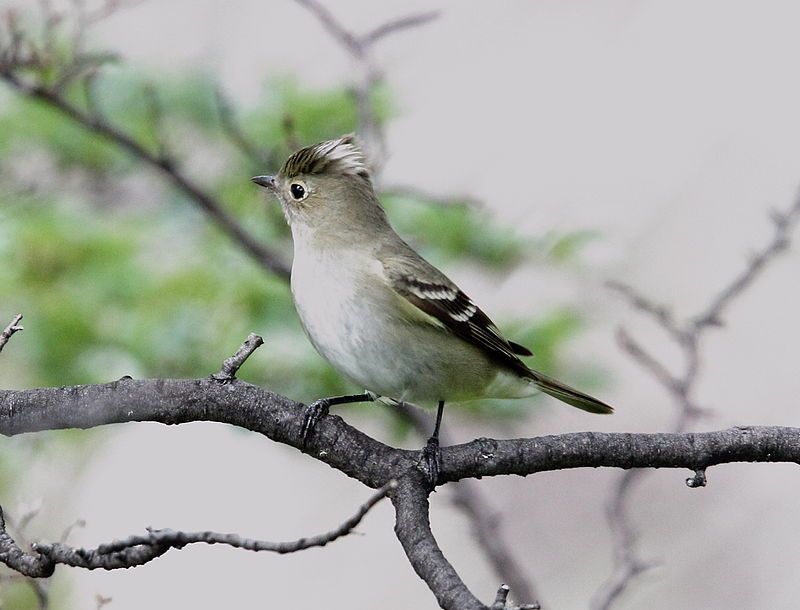
The white-crested Elaenia is a species of bird that belongs to the Tyrannidae family, which is a family of tyrant flycatchers. This species of bird is found in various parts of South America, including the southern and western regions of the continent.
The southern populations of this species are migratory, meaning they fly north during the winter season. This allows them to find more suitable habitats for breeding and to take advantage of the abundance of food.
During the summer months, they return south to their breeding grounds. The white-crested elaenia is an important species for the ecosystem, as it helps to control insect populations and regulate the food chain.
This species plays an important role in maintaining a healthy balance in the environment.
| Kingdom | Animalia |
| Phylum | Chordata |
| Class | Aves |
| Order | Passeriformes |
| Family | Tyrannidae |
| Genus | Elaenia |
| Species | E. albiceps |
7. Rusty-vented Canastero
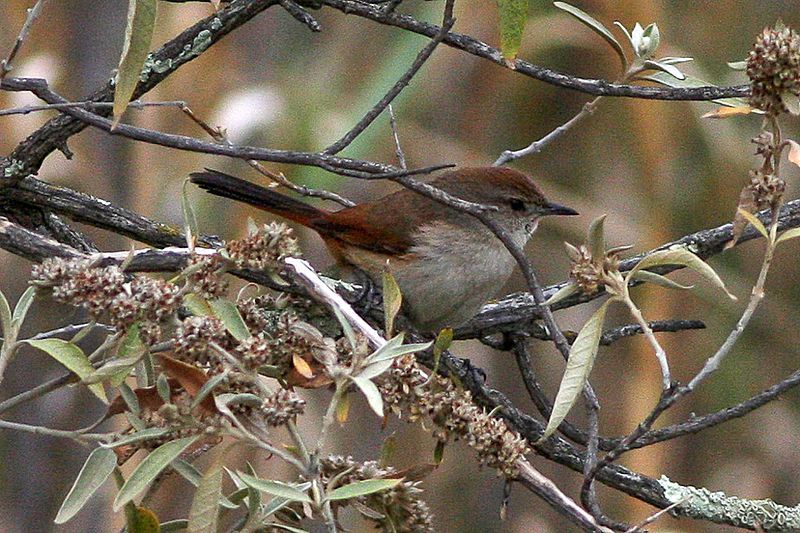
The rusty-vented canastero, or creamy-breasted canastero, is a species of bird found in South America. It is part of the Furnariidae family, which is a group of ovenbirds. The rusty-vented canastero is a small bird, measuring only around 10-12 cm in length.
It has a grey or brownish-grey head and upper chest, with a creamy-buff underside. Its wings and tail are grey or brown with white markings. The rusty-vented canastero is found in a wide variety of habitats, including open grasslands, shrublands, and even cultivated areas.
It mostly eats insects but also feeds on fruits and other plant material. This species of bird is usually seen alone or in pairs, but there have been occasional reports of small flocks. The rusty-vented canastero is considered to be common and has a wide distribution range.
It is not considered to be threatened and is listed as Least Concern by the IUCN.
| Kingdom | Animalia |
| Phylum | Chordata |
| Class | Aves |
| Order | Passeriformes |
| Family | Furnariidae |
| Genus | Asthenes |
| Species | A. dorbignyi |
Conclusion
The birds of Mendoza are a diverse and unique group of species that represent the incredible biodiversity of the region.
From the large and majestic Andean Condor to the small and colorful Little Woodstar, there is something for everyone to appreciate and enjoy.
With continued conservation efforts, these birds will remain a vibrant part of Mendoza for years to come.